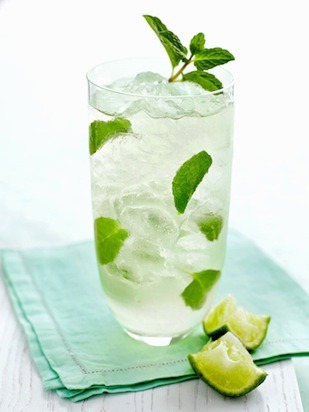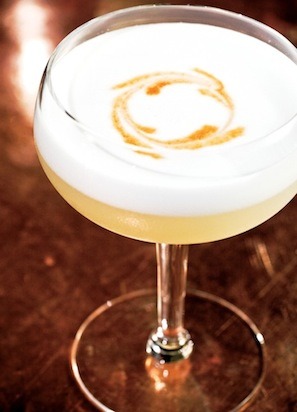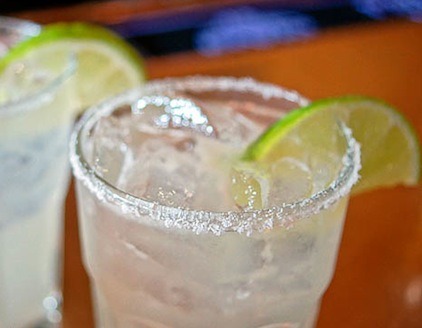Tips Every Home Bartender Should Know Slideshow
Sure, some will argue that when it comes to certain drinks (like the martini, for example), you could go either way on the question of "shaken or stirred?" But generally speaking, you want to shake cocktails that call for juices, cream liqueurs, and other thick mixers — the process of shaking adds air to the drink and therefore changes the mouthfeel and texture. Stirring is more commonly used for spirituous drinks (those with little or no mixers).
When Muddling Herbs, Don’t Pulverize
If you're looking to let out some aggression, take a kickboxing class — don't use the muddler to take it out on the mint in your mojito. Herbs are delicate, so when asked to muddle them in a cocktail, remember that a little goes a long way. Explains expert drinks-maker Kim Haasarud in her book 101 Mojitos and Other Muddled Drinks, "With herbs — such as mint, sage, basil — you really just want to press them to extract the essential oils; that's it!" Pulverizing the herbs to pieces risks introducing an unwanted bitterness to the drink.
If a Drink Calls for an Egg (or Egg Whites), Get Ready to Shake — a Lot
There's a reason why your bartender would likely be really annoyed if you ordered, say, a Ramos Gin Fizz on a busy night: because it requires a lot of shaking. (Seriously, the original recipe calls for it to be hard-shaken for 12 minutes.) Point being, if you're mixing a drink with an egg in it — such as a flip or a fizz — you're going to need to shake it vigorously.
Avoid Pre-Made Mixes
Opting for pre-made mixes is kind of like compromising quality for convenience. More often than not, the stuff from the supermarket is going to be packed with sugar and overly sweet. The solution? Use fresh juice. Seriously, margaritas will have never tasted better. (A word to the wise, however: Never juice cold citrus — if it's room temperature, you'll be able to extract a lot more juice.)
Taste Ingredients Separately First
When making cocktails at home, especially when experimenting and coming up with an original creation, it's important to make sure you are familiar with the flavors and textures of the ingredients you're working with. Explained mixologist Raffaelo VanCouten when talking about how to make a successful beer cocktail, "What I would recommend is to taste all of ingredients by themselves — the spirit, the beer, the other flavoring agents — before putting the cocktail together." The same theory applies when making any kind of cocktail.
Make Sure You Have the Right Tools
How extensive your behind-the-bar toolkit is will depend on how much of a cocktail geek you are. Of course, staples like a jigger, a shaker, a strainer, and a muddler are necessities — but even within that basic group there are some important things to keep in mind. Renowned bartender Dushan Zaric, for example, notes that when buying a shaker (most professionals prefer the Boston variety), it's essential to make sure the mixing glass is made with tempered glass so you can shake vigorously without worrying about damaging it. And when it comes to strainers, there's a choice to be made, too: Hawthorne strainers are better for shaken cocktails, whereas Julep strainers are used for stirred cocktails. Another great tool tip of Zaric's? Use microplanes not just for zesting citrus but also for freshly grating hard spices like cinnamon and star anise.
A Quick Note About Storage
Whether you have a home bar that would make Don Draper jealous or simply keep your bottles on a counter in your kitchen, it's important to remember to always store your liquor in a place that is cool and away from direct sunlight. (That said, fortified wines like sherry and vermouth should be stored in the refrigerator to keep from spoiling.) Most importantly, however, experts recommend that when your bottle is nearing empty, don't wait a long time to finish it, as the air in the bottle causes some of the flavor to leach out.
